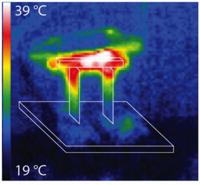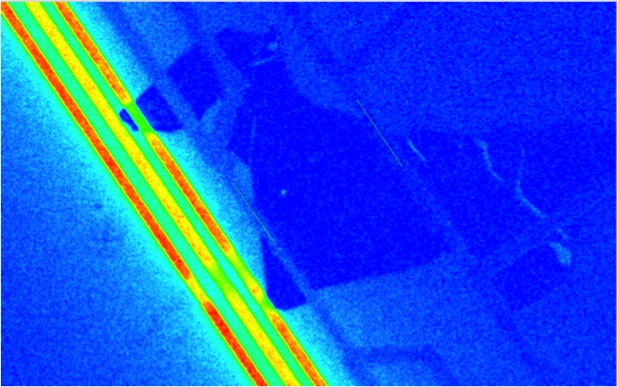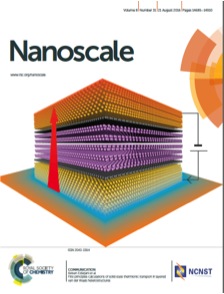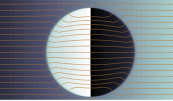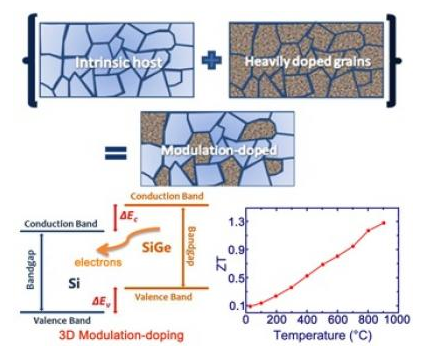First principles calculations of solid-state thermionic transport in layered van der Waals heterostructures
2016
A graphene/phosphorene/graphene heterostructure in contact with gold electrodes is studied by using density functional theory (DFT)-based first principles calculations combined with real space Green's function (GF) formalism. We show that for a monolayer phosphorene, quantum tunneling dominates the transport. By adding more phosphorene layers, one can switch from tunneling-dominated transport to thermionic-dominated transport, resulting in transporting more heat per charge carrier, thus, enhancing the cooling coefficient of performance. The use of layered van der Waals heterostructures has two advantages: (a) thermionic transport barriers can be tuned by changing the number of layers, and (b) thermal conductance across these non-covalent structures is very weak. The thermionic coefficient of performance for the proposed device is 18.5 at 600 K corresponding to an equivalent ZT of 0.13, which is significant for nanoscale devices.



